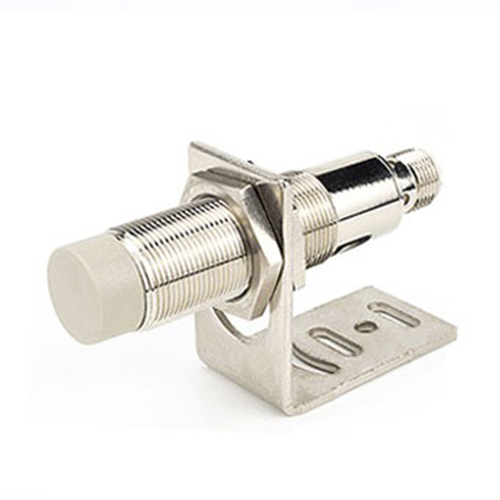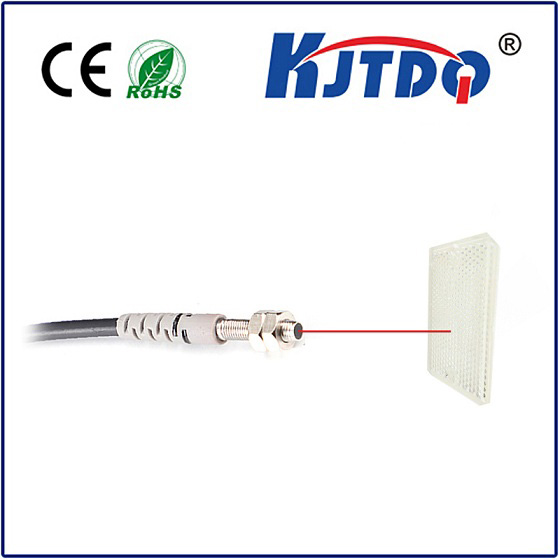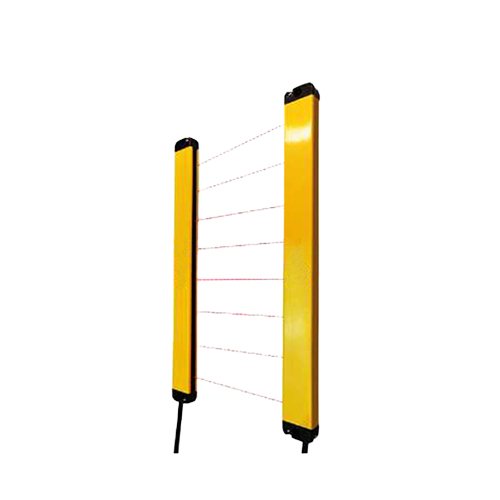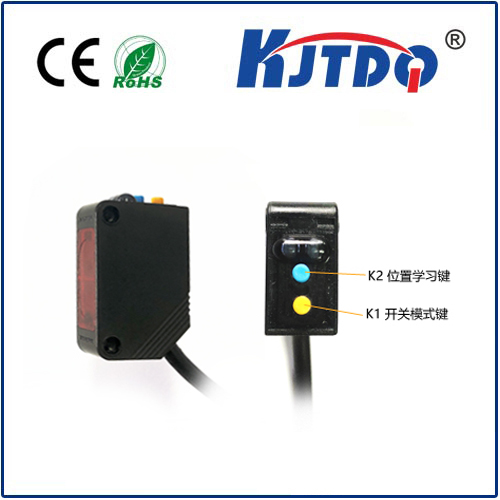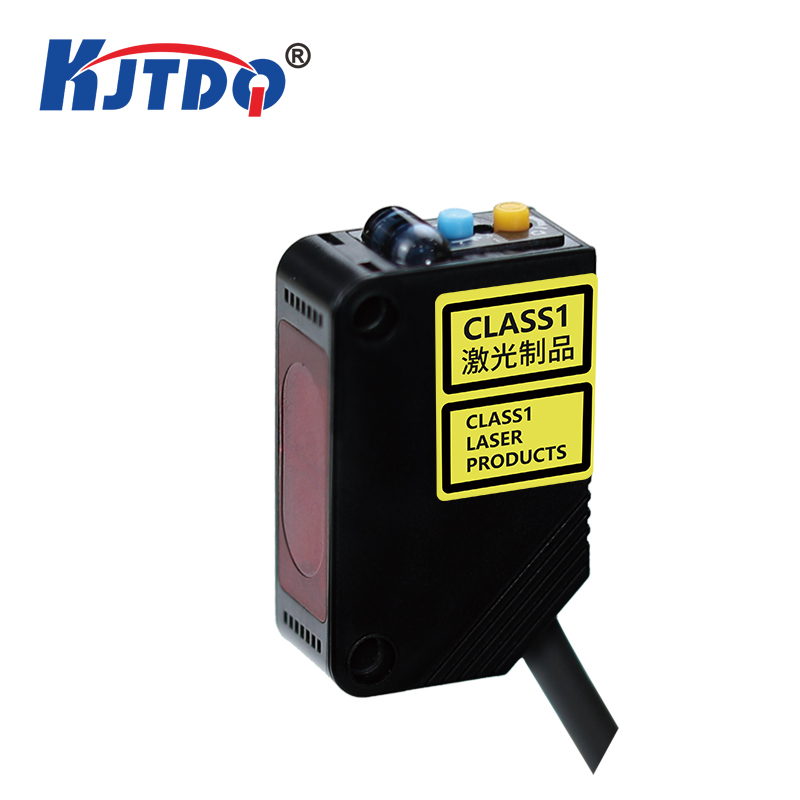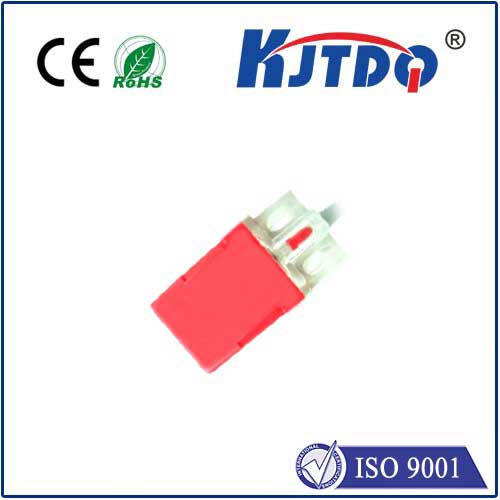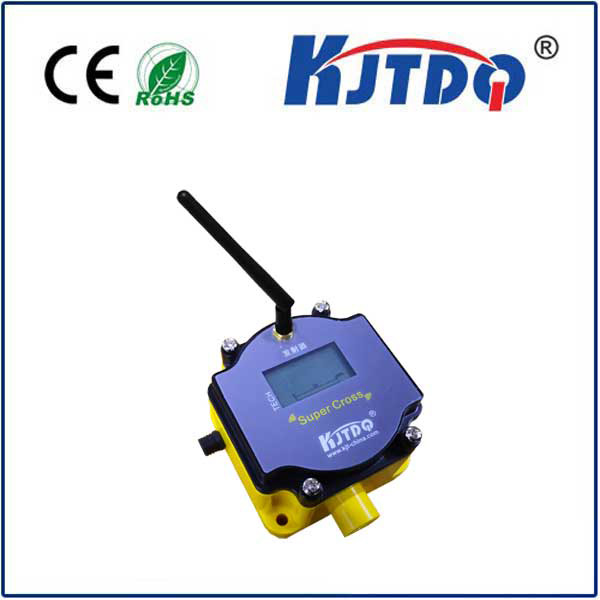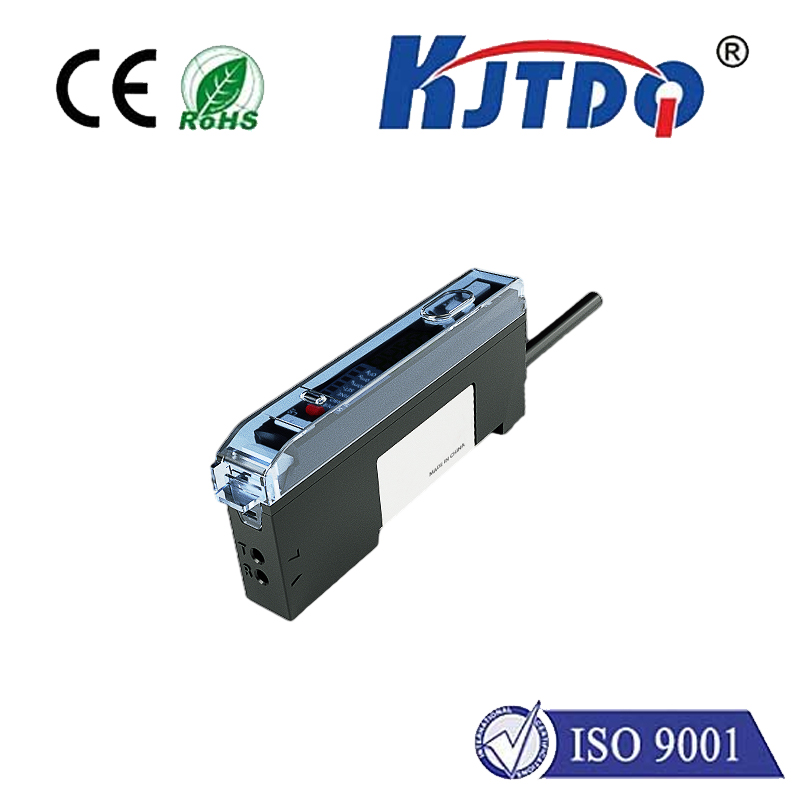

check

check

check

check

check

check

check

check

check

check
Proximity sensors are widely used in various industries due to their ability to detect the presence of objects or people. These sensors work by measuring the change in electrical conductivity caused by the interaction between an object and the sensor's surface. One critical element of proximity sensors is voltage, which plays a crucial role in their performance and applications.
The voltage supplied to a proximity sensor directly affects its sensitivity and accuracy. Typically, proximity sensors use a low-voltage DC power source (around 12-24V) to operate. The sensor's internal circuitry then converts this voltage into an electrical signal that can be measured and processed. The higher the voltage supplied, the stronger the electrical signal generated, leading to improved sensing performance.
However, increasing the voltage too much can also have adverse effects on proximity sensors. Overshooting or exceeding the sensor's threshold can result in false readings, making it difficult to accurately detect objects or people. Additionally, high voltage can cause damage to the sensor's internal components, reducing its lifespan and reliability.
It is essential to maintain a proper voltage level when using proximity sensors to ensure optimal performance and long-term reliability. To achieve this, manufacturers typically provide recommended voltage ranges for their products based on factors such as sensor design, operating conditions, and intended applications.
In summary, understanding the relationship between voltage and proximity sensors is crucial for achieving accurate and reliable detection results. By maintaining proper voltage levels within the sensor's recommended range, users can maximize sensor performance while minimizing the risk of damage or false readings.
